Authors: Priyanka Chandra, Poonam Jasrotia, Subhash Katare, Sudheer Kumar and Devendra Pal Singh
Plasticulture represents use of plastics in water management, agriculture, hi-tech horticulture and related areas. Plastic products in form of film sheets, tubing’s, nets, moulded products and in many other forms are used in plasticulture applications.
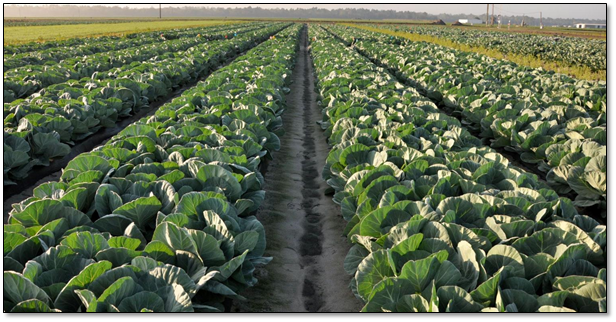
(Source: http://cdn.phys.org/)
Plasticulture applications which are playing a significant role in agriculture and allied sectors are micro irrigations systems such drip & sprinkler, lining of farm ponds/ reservoirs, plastic mulching, polyhouse/green houses, plastic tunnels, shade net house, plant protection nets such bird nets, insects proof nets, hail protection nets, fencing nets and nursery management through use of plastic bags, pots, hanging baskets, pro-trays etc.
Plasticulture applications offer a multitude of benefits which result in moisture conservation, water saving, reduction in fertilizer consumption, helps in precise application of water and nutrients, controlled environment agriculture which is economically viable, protection of plants from insects, disease etc through nets and innovative packaging solutions help in increasing shelf-life, storage and transportation of fruits and vegetables.
Plastic in nursery management:
Plastic bags, pots, pro-trays/ plug trays, sprayers, hanging baskets are used to produce quality seedlings, grafts and plants. These applications help in easy handling and transportation.
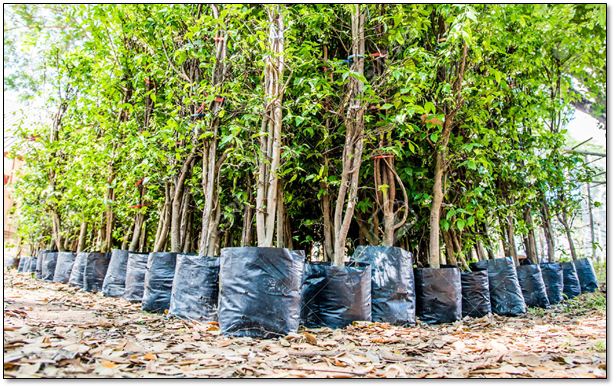
Plastic in nursery management:
Plastic bags, pots, pro-trays/ plug trays, sprayers, hanging baskets are used to produce quality seedlings, grafts and plants. These applications help in easy handling and transportation.
Plastic lined farm ponds, reservoir and canals proved to be effective in harvesting rain water as well as provide check against seepage. Farm pond lining has been effective in avoiding depletion of stored/ harvested water used for irrigation and portable use. The harvested water may be used as lifesaving or supplementary irrigation needs during dry spells and insufficient rains. The stored water may be also used for fisheries, livestock etc.
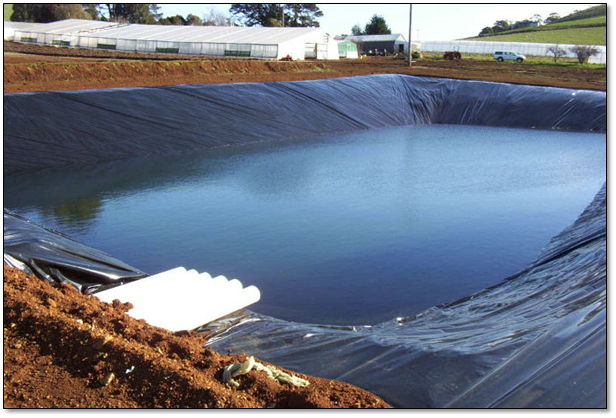 (Source: geoffmiller.com.au)
(Source: geoffmiller.com.au)
Plastic mulching:
Covering the soil around the plant with plastic film to create favourable microclimate, conserve moisture and prevent weeds is called plastic mulching. It prevents soil erosion and weeds growth, and enhances availability of soil nutrients for plant. It also reduces frequent irrigation. Plastic mulching provides ideal environment for soil micro-organisms and provides cleaner crop.
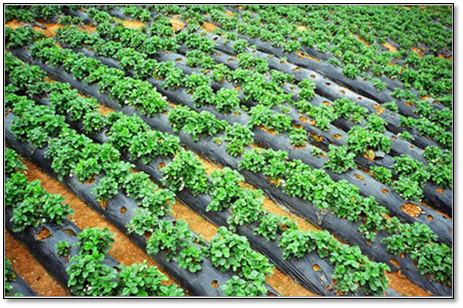
(Source: http://pimg.tradeindia.com/)
Plastic tunnels:
Plastic tunnels are miniature structures produces effect like green house. These structures facilitate the entrapment of carbon dioxide thereby enhancing photosynthesis hence the yield. These structures protect the plants from high winds, rain and snow. These are very cheap and easy to construct.
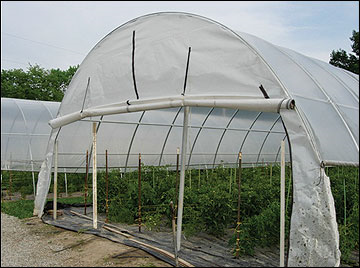
(Source : http://extension.missouri.edu/)
Crop covers:
Crop covers provides protection against freeze, frost, pests and insects to the crop. It can be used as fruit cover or crop cover to save fruits from insect attacks while allowing air and sunlight to pass through, thereby improving the yield as well as the quality of the fruit. It is light weight and cost effective.
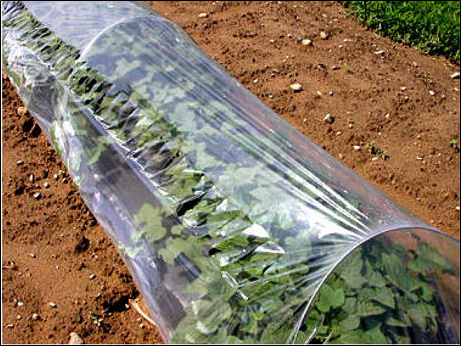
(Source: pinterest.com)
Plastic vermi-beds:
Plastic vermi-beds offer strength and flexibility as well as portability besides ease of installation. They have customized design for the collection of vermin wash. It maintains aeration process to increase the population earthworms, thereby enhancing the vermicomposting process.
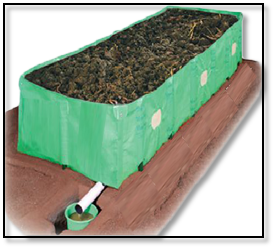
References:
1. Espi E, Salmeron A, Fontecha A, Garcia Y, and Real A.I. (2006). Plastic Films for Agricultural Applications Journal of Plastic Filming and Sheeting, 22(85):e85-102
2. Miles C, Kolker K, Reed J, Becker J. Alternatives to Plastic Mulch for Organic Vegetable Production. Washington State University, 2005.
About Author / Additional Info:
All authors are Scientist at Crop Protection Division, ICAR-Indian Institute of Wheat and Barley Research.